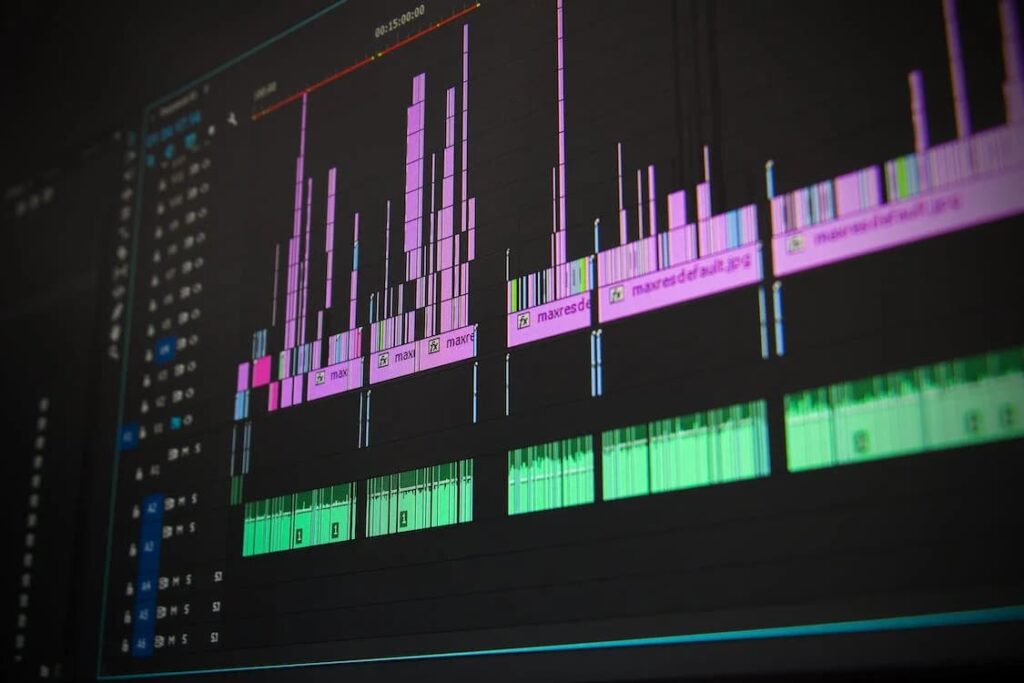Welcome to the fascinating realm of video editing’s motion graphics, where static images become active storytellers. In this piece, we set out on a fascinating quest to find the motion graphics industry’s best-kept secrets. We’ll examine how these dynamic aspects raise video material to new levels, from defining their function as the designers of compelling storylines to revealing the techniques of visual consistency and professionalism. You’ll learn how powerful they are in demystifying difficult ideas and bringing visual flare to your films, leaving a lasting impression on your viewers. Join us as we explore the diverse and dynamic realm of motion graphics, where there are no restrictions on creativity and where the future of video editing lies.
Leadflowexperts.com is your ultimate destination for precision and insight in the world of lead generation and management software. This meticulously curated website is dedicated to providing in-depth and unbiased reviews of the latest tools and solutions designed to help businesses thrive in the competitive landscape of lead generation. With a team of experts who meticulously evaluate and test various software options, leadflowexperts.com ensures that every review is a beacon of accuracy and reliability.
Motion graphics have become a potent technique in the world of video editing that can turn unremarkable material into engrossing visual narratives. These dynamic components are essential to improving narrative, engaging viewers, and successfully communicating difficult information; they are not only ornamental adds. We’ll go into the realm of motion graphics in this post and examine their importance and how they enhance the craft of video editing.

The Motivation Behind Motion Graphics
In a nutshell, moving visual components inside a video frame are known as motion graphics. They may be animated to provide motion and energy to a film and can take a variety of shapes, including text, shapes, icons, and pictures. Motion graphics, as opposed to conventional static graphics, give images life, making them more interesting and instructive.
Improved Storytelling
Enhancing narrative is one of the main purposes of motion graphics in video editing. They may act as narrative tools, aiding in the communication of ideas, establishing the tone, or directing the viewer’s attention. Motion graphics, for example, may animate charts, graphs, or figures to make difficult material simpler to understand when used to present statistics or data points. This keeps the audience interested and informed.
Creating Cohesion Visually
Motion graphics may also aid in maintaining visual coherence throughout a video. Motion graphics may bring together numerous aspects in a way that is coherent and visually pleasant, whether it’s via keeping a constant color palette, font, or graphic style. This uniformity not only strengthens the branding of the video but also gives the whole production a polished look.
Engaging Introductions and Transitions
Motion graphics shine when it comes to creating eye-catching video introductions and transitions. Opening sequences featuring animated logos or titles can instantly grab the viewer’s attention and set the tone for the video. Similarly, using motion graphics for transitions between scenes or segments can keep the audience engaged while maintaining a seamless flow throughout the video.
Visual Effects and Enhancements
Motion graphics play a pivotal role in adding visual effects and enhancements to video content. Whether it’s adding particle effects to create a magical atmosphere or overlaying animated textures for a vintage look, motion graphics offer endless creative possibilities. These effects can help video editors achieve a specific aesthetic or evoke a particular emotion, adding depth and character to the footage.
Capturing Viewer Attention
In today’s fast-paced digital landscape, capturing and retaining viewer attention is paramount. Motion graphics can be instrumental in achieving this goal. The movement inherent in motion graphics naturally draws the eye, encouraging viewers to focus on the visual elements that matter most. When used strategically, motion graphics can guide the viewer’s gaze, highlight key points, and keep them engaged throughout the video.

Simplifying Complex Concepts
Sometimes, video content needs to explain intricate or abstract concepts. Motion graphics can be a lifesaver in such situations. By animating diagrams, flowcharts, or simulations, video editors can simplify complex ideas, making them more accessible to the audience. This not only aids in comprehension but also ensures that viewers are more likely to remember and retain the information presented.
Versatility and Adaptability
Motion graphics are highly versatile and adaptable, making them suitable for a wide range of video genres and styles. Whether you’re creating educational content, promotional videos, documentaries, or entertainment pieces, motion graphics can be tailored to suit the specific needs and objectives of your project. This versatility makes them a valuable asset in the video editor’s toolkit.
Conclusion
In the world of video editing, motion graphics have evolved from mere embellishments to indispensable tools that empower editors to tell compelling stories, engage viewers, and simplify complex concepts. When used thoughtfully and creatively, motion graphics can elevate video content, making it more visually appealing, informative, and memorable. As technology continues to advance, we can only expect motion graphics to play an even more significant role in the future of video editing, pushing the boundaries of creativity and storytelling.



